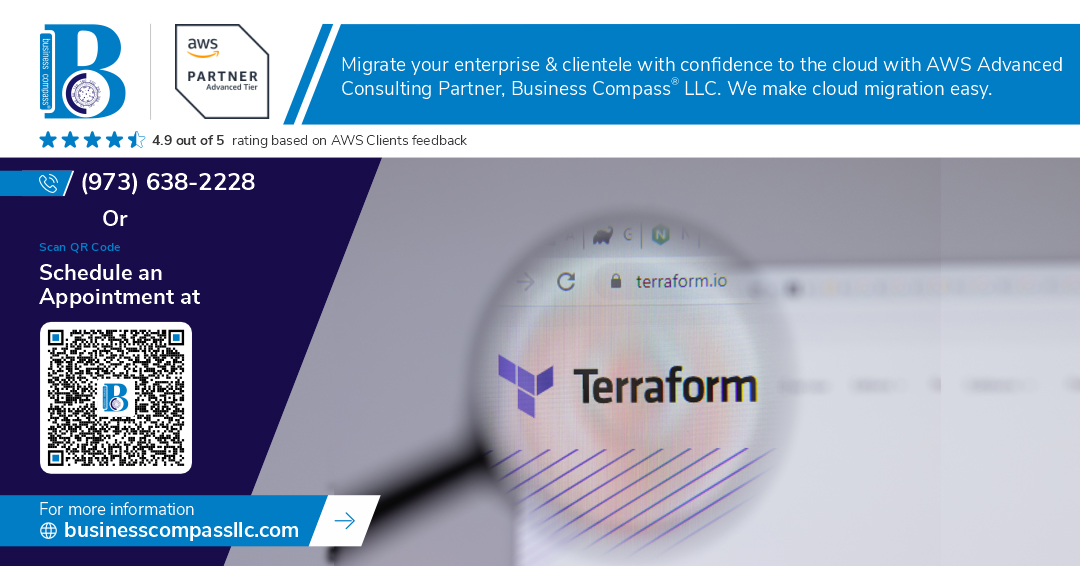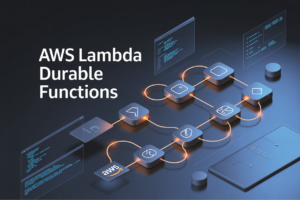Ever spent hours copying and pasting the same Terraform code for different environments, only to miss a crucial variable that breaks your entire deployment? You’re not alone. Infrastructure engineers everywhere are drowning in repetitive code while trying to maintain consistency across growing cloud environments.
I’m about to show you how Terraform modules can transform your infrastructure-as-code from a sprawling mess into a clean, reusable framework that your team will actually understand.
Terraform modules are the secret weapon that experienced DevOps engineers use to build DRY, scalable infrastructure while cutting maintenance time in half. They’re like LEGO blocks for your cloud resources – standardized, tested, and ready to snap together.
But here’s what most tutorials miss: there’s a critical difference between building modules that technically work and crafting ones that transform how your entire organization deploys infrastructure.
Understanding Terraform Modules Fundamentals
What are Terraform Modules and why they matter
Think of Terraform modules as your infrastructure LEGO blocks. They’re reusable packages of Terraform code that solve specific infrastructure problems. Instead of copying and pasting the same config files across projects, modules let you package, version and share your infrastructure patterns. Game changer for teams building at scale.
The DRY principle in Infrastructure as Code
Don’t Repeat Yourself – sounds simple but transforms how you build infrastructure. Before modules, teams copied configs everywhere, creating maintenance nightmares. Change one security group? Update 20 files. With DRY infrastructure, you define it once, reference it many times. Your future self will thank you when that critical security patch needs deploying.
Benefits of modular infrastructure design
Modules aren’t just nice-to-have – they’re essential for scaling. First, they dramatically reduce errors from manual copying. Second, they create consistent infrastructure patterns across environments. Third, they speed up development since you’re not reinventing wheels. Fourth, they simplify testing since modules can be validated independently.
How modules improve team collaboration
Modules transform team dynamics. Backend specialists can build database modules, security teams can create hardened baseline modules, and cloud architects can design networking foundations. Everyone consumes each other’s work through clean interfaces. No more waiting for that one “infrastructure guru” to make every change.
Getting Started with Terraform Modules
Basic module structure and organization
Ever stared blankly at a jumbled Terraform codebase? Been there. Modules save your sanity with their clean structure: main.tf for core logic, variables.tf for inputs, outputs.tf for return values, and versions.tf for provider requirements. Add README.md to help future-you remember what you built. Simple organization pays off big time.
Creating your first reusable module
Time to break free from copy-paste hell. Create a folder called “vpc” with those core files mentioned above. Define variables for CIDR blocks and region, then code your VPC resources in main.tf. Export useful info like subnet IDs through outputs.tf. Boom—now you can spin up identical VPCs across environments with just a few parameter tweaks.
Local vs remote module sources
You’ve got options. Local modules live right in your repo—perfect for development and tight integration. Remote modules pull from Git, S3 buckets, or the Terraform Registry. Local means easy debugging; remote enables sharing across teams. The real magic? Start local, then publish remotely when your module proves its worth.
Module versioning best practices
Don’t be that person with unversioned modules. Trust me, future teams will hunt you down. Use semantic versioning (1.0.0) with git tags. Breaking changes? Bump major version. New features? Increment minor. Fixes? Patch version up. And document changes religiously in CHANGELOG.md. Your teammates will actually thank you.
Input and output variables in modules
The secret sauce of flexible modules? Smart variables. Make inputs obvious with clear names and validation rules. Set sensible defaults but leave room for customization. Then expose exactly what consumers need through outputs—no more, no less. Think of it like a contract: good inputs guarantee useful outputs.
Advanced Module Design Patterns
Advanced Module Design Patterns
A. Composing complex infrastructures with nested modules
Modules within modules? That’s where the real Terraform magic happens. Nested modules let you build complex infrastructure by layering simpler components. Think of it like LEGO – small blocks combining into something amazing. You might have a base network module that itself contains modules for subnets, security groups, and routing tables.
B. Creating flexible, configurable modules
The best modules bend without breaking. Use variable defaults wisely, making sensible assumptions while allowing overrides. Conditional logic with ternary operators creates modules that adapt to different environments. Want a module that works for both production and development? Variables with smart defaults make it happen.
C. Module inheritance and composition strategies
Don’t repeat yourself – extend instead! Modern Terraform modules leverage composition over duplication. Create base modules with core functionality, then extend them for specific use cases. A web server module might extend a base compute module, adding specific configurations while inheriting core functionality.
D. Handling dependencies between modules
Module dependencies can be tricky beasts. Use output values to pass data between modules cleanly. The depends_on meta-argument forces correct ordering when implicit dependencies aren’t enough. For complex relationships, consider the “hub and spoke” pattern – a central state module referenced by dependent modules.
Implementing Scalable Module Architectures
Designing for multi-environment deployments
Building a module architecture that scales across dev, staging, and production isn’t rocket science. Create a folder structure that separates environments, use workspace-aware variables, and implement conditional logic for environment-specific configurations. Your future self will thank you when deploying to a new region takes minutes, not days.
Real-World Module Implementation Strategies
Real-World Module Implementation Strategies
A. Standardizing infrastructure components across teams
Ever tried herding cats? That’s what managing infrastructure feels like without standardization. Teams create their own snowflake environments, and suddenly you’re drowning in tech debt. Terraform modules fix this. Create one VM module, one network module, one database module – and watch consistency spread like wildfire across your organization.
B. Creating organization-specific module libraries
Don’t reinvent the wheel with every project. Build your module library like you’re assembling Lego pieces for future you. Start small
Terraform Module Ecosystem and Community Resources
Terraform Module Ecosystem and Community Resources
A. Leveraging the Terraform Registry
The Terraform Registry is a goldmine for infrastructure developers. Think of it as your one-stop shop with thousands of ready-to-use modules for everything from AWS services to Kubernetes clusters. No need to reinvent the wheel when someone’s already built exactly what you need.
Terraform modules are a game-changer for infrastructure automation, allowing teams to build reusable, standardized components that dramatically reduce code duplication while enhancing scalability. As we’ve explored, modules enable you to package configurations, enforce best practices, and create composable infrastructure building blocks that evolve with your organization’s needs.
Ready to transform your infrastructure approach? Start by identifying common patterns in your existing Terraform code, build small focused modules to address specific needs, and gradually expand your module library. Remember that the vibrant Terraform community offers countless resources and pre-built modules to accelerate your journey. By embracing modular design principles, your infrastructure code will become more maintainable, consistent, and adaptable to changing requirements.




















